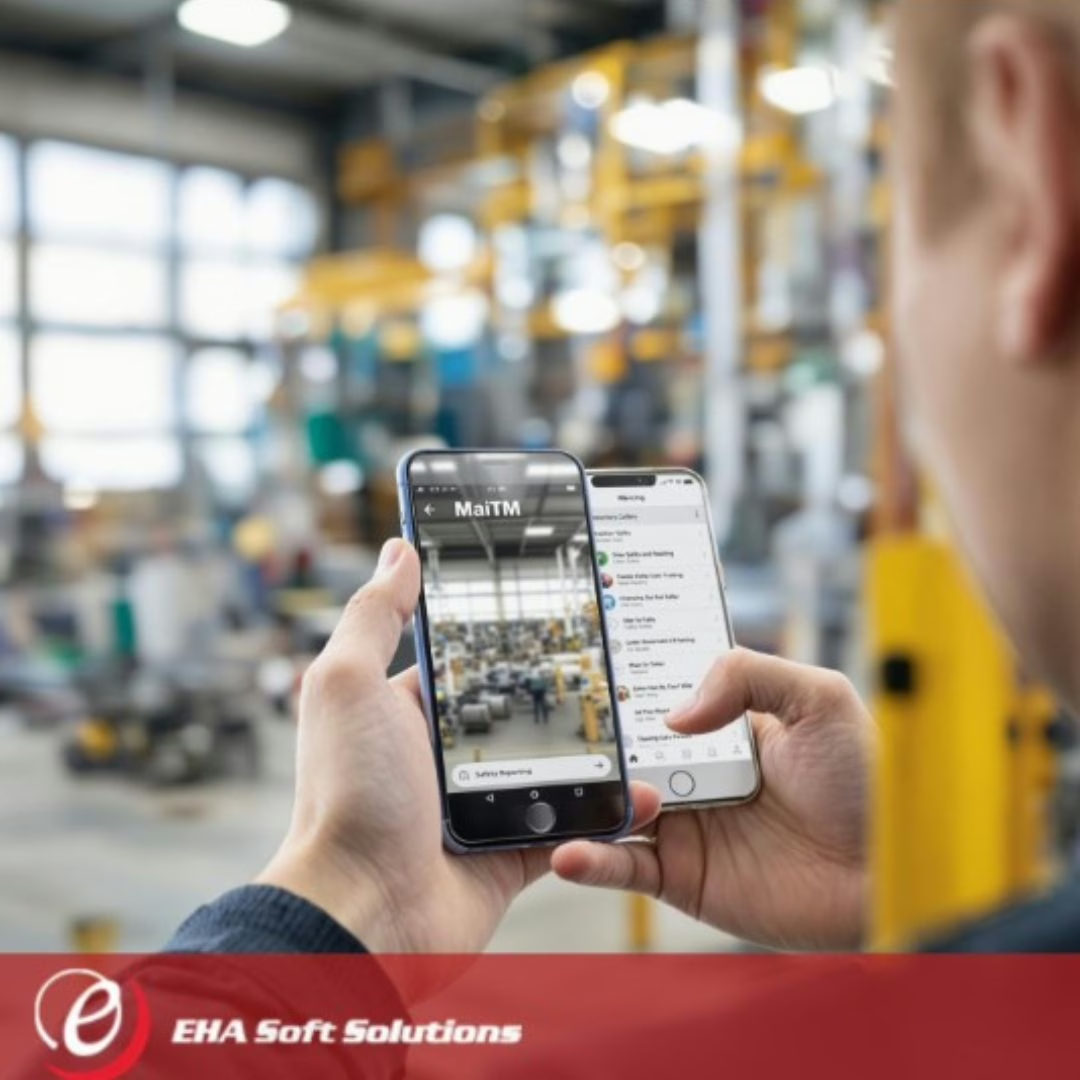Subtotal $0.00
Incident reporting has long been a cornerstone of workplace safety, but the methods used to document and respond to such events have evolved significantly over time. Traditionally, organizations relied on manual entries, verbal notifications, and fragmented systems to handle incidents. These older approaches often made it difficult to track safety data, implement timely actions, or maintain consistent compliance across departments. Today, with the rise of digital tools and integrated platforms, incident management is entering a new phase—offering faster responses, greater visibility, and improved collaboration across all levels of an organization.
Understanding the Importance of Incident Management
In any working environment, particularly those involving industrial, construction, or healthcare activities, incident management plays a central role in maintaining safety standards. The core objective of an effective incident management system is not just to report issues after they happen but to build a responsive mechanism that supports early detection, proper documentation, and structured resolution. When implemented thoughtfully, such systems can contribute to minimizing disruptions, protecting personnel, and ensuring compliance with occupational safety laws.
Modern organizations are beginning to recognize that responding to incidents is not enough. A strong incident reporting process should offer insight into root causes, support preventive planning, and align with broader environmental, health, and safety (EHS) goals. In this regard, incident management system can act as valuable enablers, helping teams focus more on proactive safety than reactive damage control.
Challenges Faced in Traditional Reporting Methods
Historically, many organizations have faced delays and inefficiencies in reporting safety incidents due to reliance on paper forms, emails, or verbal communication. Such practices can lead to incomplete records, loss of critical information, or delayed action—all of which may impact overall safety performance. Moreover, teams working across different sites or shifts often struggle with inconsistent reporting formats and limited access to centralized data.
Without a unified reporting mechanism, it becomes difficult to analyze trends, track corrective actions, or share updates with all relevant stakeholders. These gaps can slow down incident resolution, limit transparency, and hinder compliance with safety regulations. As a result, many companies are now considering the potential advantages of digital solutions like security incident and event management platforms to modernize their approach.
The Role of Technology in Modernizing Safety Practices
Technology is gradually changing how organizations manage incidents. While it’s important to note that software solutions did not exist at the time of many past industrial events, today’s digital platforms offer a wide range of functionalities that may improve reporting, communication, and accountability. For example, systems now allow teams to capture incidents using mobile devices, add photographic evidence, and receive automated alerts—all within a single platform.
A well-structured incident management system can also make it easier to assign responsibilities, document follow-ups, and maintain an auditable trail of actions. Over time, this can contribute to improved compliance, better oversight, and greater confidence in organizational safety protocols. Additionally, by integrating incident reporting software into broader safety workflows, companies can foster a more unified and data-driven safety culture.
Benefits of Real-Time Visibility and Analytical Insights
One of the key strengths of modern incident reporting software is its ability to offer real-time updates and data analysis. When incidents are recorded promptly and accurately, safety managers are in a better position to identify patterns, assess recurring risks, and implement effective countermeasures. Such insights can help reduce the likelihood of future incidents and encourage a more systematic approach to safety planning.
Furthermore, visibility across teams—especially in organizations with multiple locations or contractors—can strengthen communication and build a culture of shared responsibility. Safety incident management software that includes automated workflows and centralized dashboards enables faster responses while ensuring that no detail is overlooked.
While these tools cannot prevent every risk, they can support more informed decision-making and quicker action, particularly in high-risk sectors where timing and accuracy are critical.
Encouraging Accountability and Continuous Improvement
Incident reporting should never be seen as a mere compliance exercise. Instead, it serves as a foundation for continuous improvement. With digital systems in place, it becomes easier to track whether corrective actions were completed, if timelines were met, and whether similar incidents are being prevented. This level of oversight fosters greater accountability and opens up opportunities for cross-functional learning.
When employees feel confident that their reports are valued and lead to tangible changes, they are more likely to participate in safety initiatives. In this way, digital platforms for incident management may not only streamline operations but also enhance trust and engagement within the workforce.
Conclusion: Redefining Incident Management with mai™ Safety Management Suite
As industries continue to evolve, the tools used to ensure health and safety must also advance. EHA Soft’s mai™ Safety Management Suite is designed to support organizations in their efforts to simplify incident reporting, improve visibility, and promote safer workplace environments. With features tailored to real-time response, documentation, and compliance, this system offers a practical and user-friendly solution for those looking to modernize their safety practices.
If you’re exploring ways to enhance your organization’s approach to incident management, or seeking to integrate incident reporting software with your broader safety framework, the mai™ platform could offer the support you need. For a closer look at how the system works, or to request a personal demo, reach out to the EHA Soft team at info@ehasoft.com.
For more information on how our solutions can help your organization stay ahead, contact us today at +353 21 4536034, email us at info@ehasoft.com, or visit our website at www.ehasoft.com.





